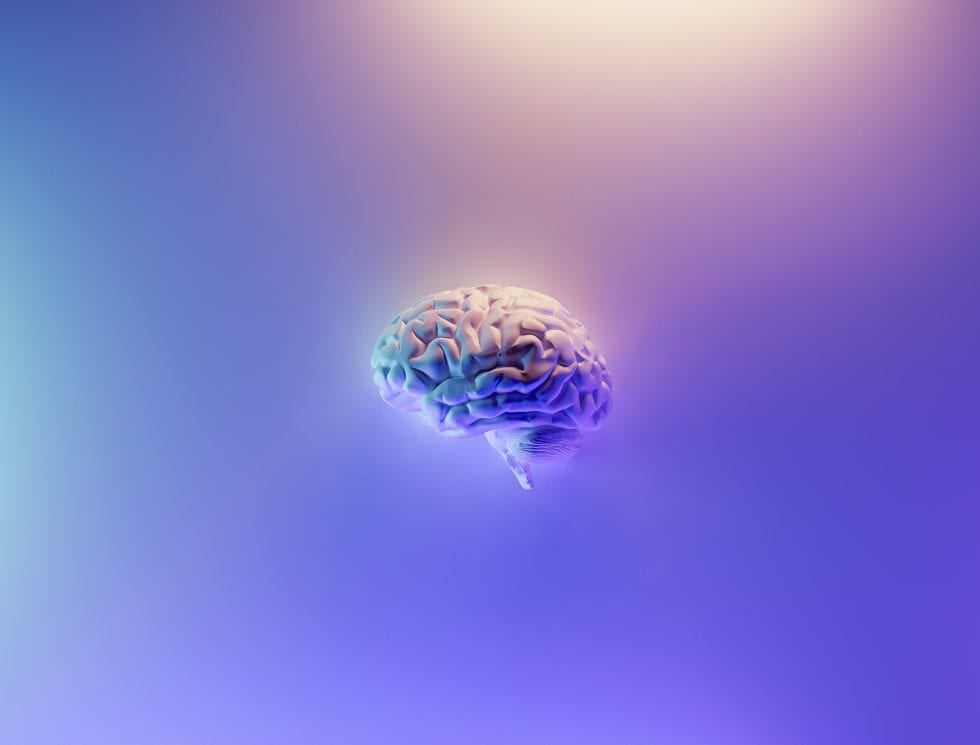
New research suggests chiropractic spinal adjustments may alter the way the brain processes pain information!
Good news, another collaborative Centre for Chiropractic Research (CCR) study has just been released by Scientific Reports, a high impact factor journal from the publishers of Nature.
This randomized control crossover trial investigated how spinal adjustments affect the way the brain processes pain information and pain perception. What we found was that a single session of chiropractic care altered central nervous system processing of pain and self-reported pain unpleasantness (1).
This study is the first study to be published from the current PhD of one of our CCR researchers, Muhammad Samran Navid which he is doing through Aalborg University in Denmark. In this study our team travelled to Aalborg University Hospital to investigate the effects of adjusting the spine on neural activity and pain perception during the cold-pressor test. This involved measuring brain function, through electroencephalography (EEG) recordings, at rest and then with the participants hand immersed in two degrees of cold water for 80 seconds. As you might expect, the cold-pressor test isn’t very pleasant and induces tonic pain. The participants then either received a single session of chiropractic care or a control intervention (sham adjustment), and then we repeated the cold-pressor test with them while again recording their brain activity with EEG. We also asked the participants to rate their perception of pain and unpleasantness to the cold-pressor test through two separate numerical rating scales. We used a cutting-edge EEG analysis technique, called sLORETA (standardized low-resolution brain electromagnetic tomography), to look at changes in neural activity in different regions of the brain during the cold-pressor test and whether activity changed in four EEG frequency bands (delta, theta, alpha and beta).
The analysis of the data showed that the pain scores decreased by 9% after the control intervention while the unpleasantness scores decreased by 7% after both the control and chiropractic interventions. sLORETA showed decreased brain activity during tonic pain after the sham intervention, whereas no change in EEG activity was seen after the chiropractic spinal adjustment session. What this means is that the participants showed pain habituation following the sham intervention, which is expected and means they’re getting used to the pain. However, after being adjusted by the chiropractor, no habituation occurred. We think this may mean that chiropractic care may play a role in avoiding maladaptive neural plastic changes in the brain.

In other words, in some cases chiropractic care may “reset” the way the brain processes pain information. This is important as the way our brain processes and regulates pain may have an impact on many chronic presentations (2). This supports the growing body of research that suggests that chiropractic care has neuroplastic effects (3-5) in the brain which may modulate the central processing of pain and therefore alter the perception of pain (6,7). Remember that in this study we weren’t trying to ‘treat’ pain, we were looking at how chiropractic care may affect the way our brain responds to information from our environment. If you want to read the full study just follow this link.
This study was a collaborative effort between our team from the Centre for Chiropractic Research at the New Zealand College of Chiropractic, and researchers from Aalborg University Hospital and Aalborg University, Aalborg, Denmark, as well as AUT University, Auckland, New Zealand. We’re especially grateful to the Obel Family Foundation who made this study possible by partially funding the project. Also, thank you to the Centre for Chiropractic Research Supporters Programme members who have provided funding for this study!!!
While this study is exciting, there is still so much work to do to really understand how chiropractic care impacts brain function. For more information on the New Zealand College of Chiropractic Centre for Chiropractic Research, and ways that you can support future research like this, please visit http://chiropracticresearch.ac.nz.
Written by: Missy Garcia BSN, CFMP
References:

